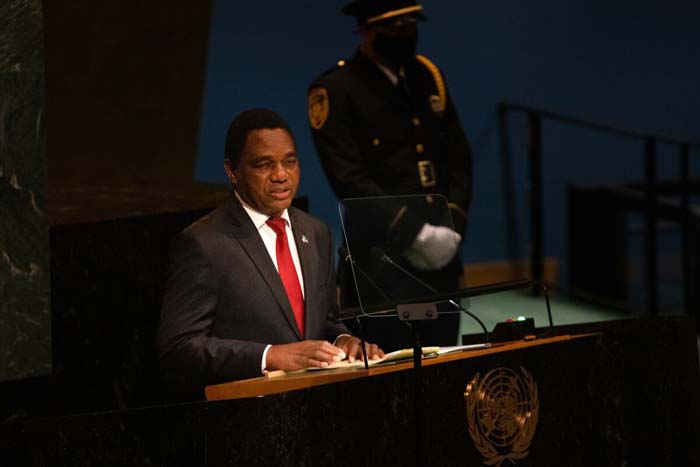Zambia’s seventh President, Hakainde Hichilema, when he took over the reins in 2021, inherited a country in deep economic distress. His electoral promise to Zambians was to find solutions to the country’s financial woes. His top priority was to lift Zambia out of its debt crisis.
True to his promise, the new leadership actively started seeking comprehensive debt restructuring including debt service relief as well as better terms of credit through a creditor engagement strategy. The 28-month-old long and painful negotiations finally ended at the recent Paris club meeting. China and other bilateral creditors agreed to restructure its US$6.3 billion. The historic announcement eased the debt burden that almost pushed the country to an economic collapse. The debt restructuring deal is expected to boost Zambia’s financial stability and sustainable economic growth, contributing to the well-being of its citizens.
Although the fine print of the deal is yet to be revealed, according to reports, the new mechanism allows Zambia’s debt to be rescheduled over more than 20 years with a three-year grace period with interest-only payments. Further, the interest payments have been lowered to 1% until 2037. The agreement will open another $188 million tranche of money for Zambia from the International Monetary Fund, as part of a $1.3 billion package approved earlier.
Over the last decade, in a bid to end dependence on the IMF and World Bank and their conditionalities, China became a preferred lender for most African countries. Consequently, Africa’s debt in 2020 to China rose to $73 billion. Moreover, as a major stakeholder in African economies, Chinese loans, though costlier than IMF loans, were linked to high-revenue projects.
However, the global recession, falling commodity prices, the Pandemic, and the Ukraine war, undermined the ability of many African nations including Zambia to service their sovereign debts. The expansionary fiscal policy primarily financed by external and local borrowing shot up Zambia’s debt to 91.6% of its GDP in 2019, 104% in 2020, and 130 percent by 2021. Raging inflation, sharp currency depreciation, and a ballooning debt burden created a perfect storm for the Zambian economy. The huge debt burden and steep interest payments came at the cost of Investment in critical social and infrastructure development programmes. In 2021, Zambia became the first African nation to default on its debt payments.
China is Zambia’s biggest lender with a loan of US$4.1 billion. A significant achievement is winning China to agree to the debt restructuring deal. China has a deep strategic business interest in Zambia both through investment and trade. It has a big stake, particularly in Zambian sectors like Mining, Energy, agriculture, etc. It would not like to risk the economic security of a country where it has invested so heavily. Yet, according to reports, the efforts exposed a rift between Beijing and Western lenders though it softened its stance after the intervention of French President Emmanuel Macron.
Nevertheless, Zambia’s journey ahead towards economic stability is long and arduous, say economists. The more than $6bn debt to private lenders still needs to be managed. The Zambian government has to urgently chart out an economic recovery plan by identifying potential sectors that can spur long-term economic growth, job creation and poverty alleviation. President Hichilema will have to strike a difficult balance between critical economic reforms while ensuring safety nets for a vulnerable population.
Experts regard this debt restructuring deal as a decisive milestone for Zambia toward regaining financial stability, fostering sustainable growth, and safeguarding the well-being of its citizens. No doubt, the deal is a breakthrough for countries across the globe staggering under the burden of debt liabilities. It is hoped that the new mechanism would be a harbinger for a fresh strategy towards debt restructuring for the less privileged countries caught in debt crisis. It has also roused hopes of African countries such as Ghana and Ethiopia, to work towards restructuring their debts largely dominated by loans from China.





